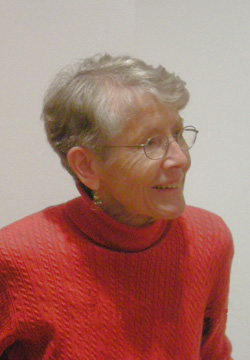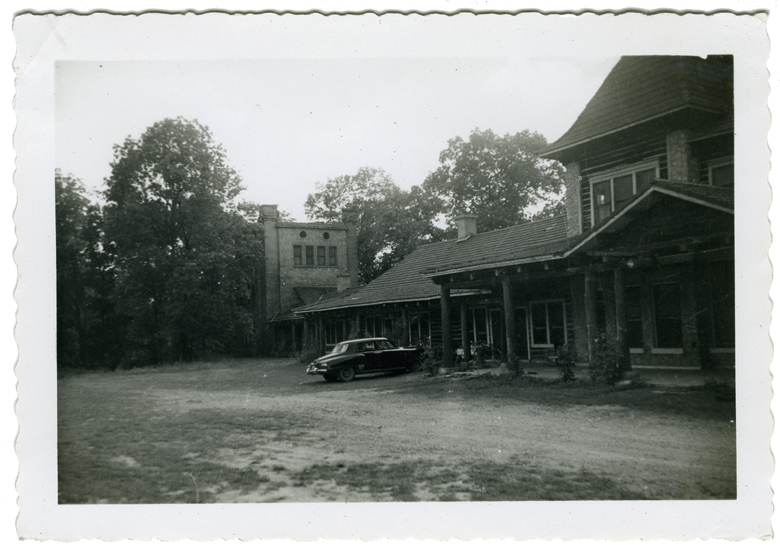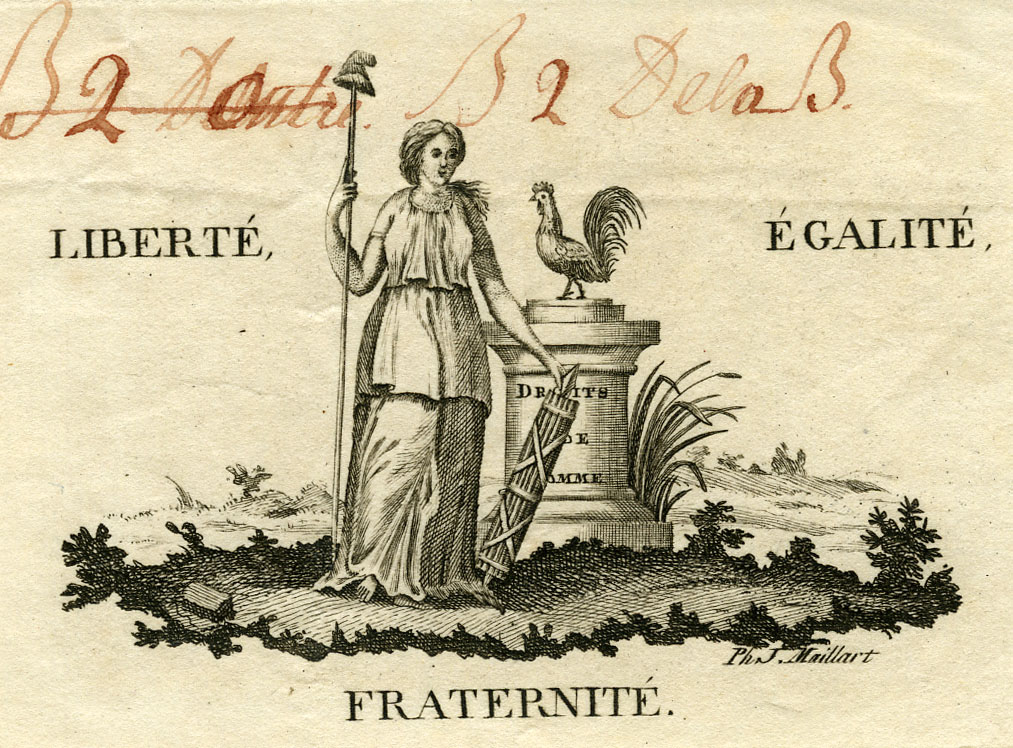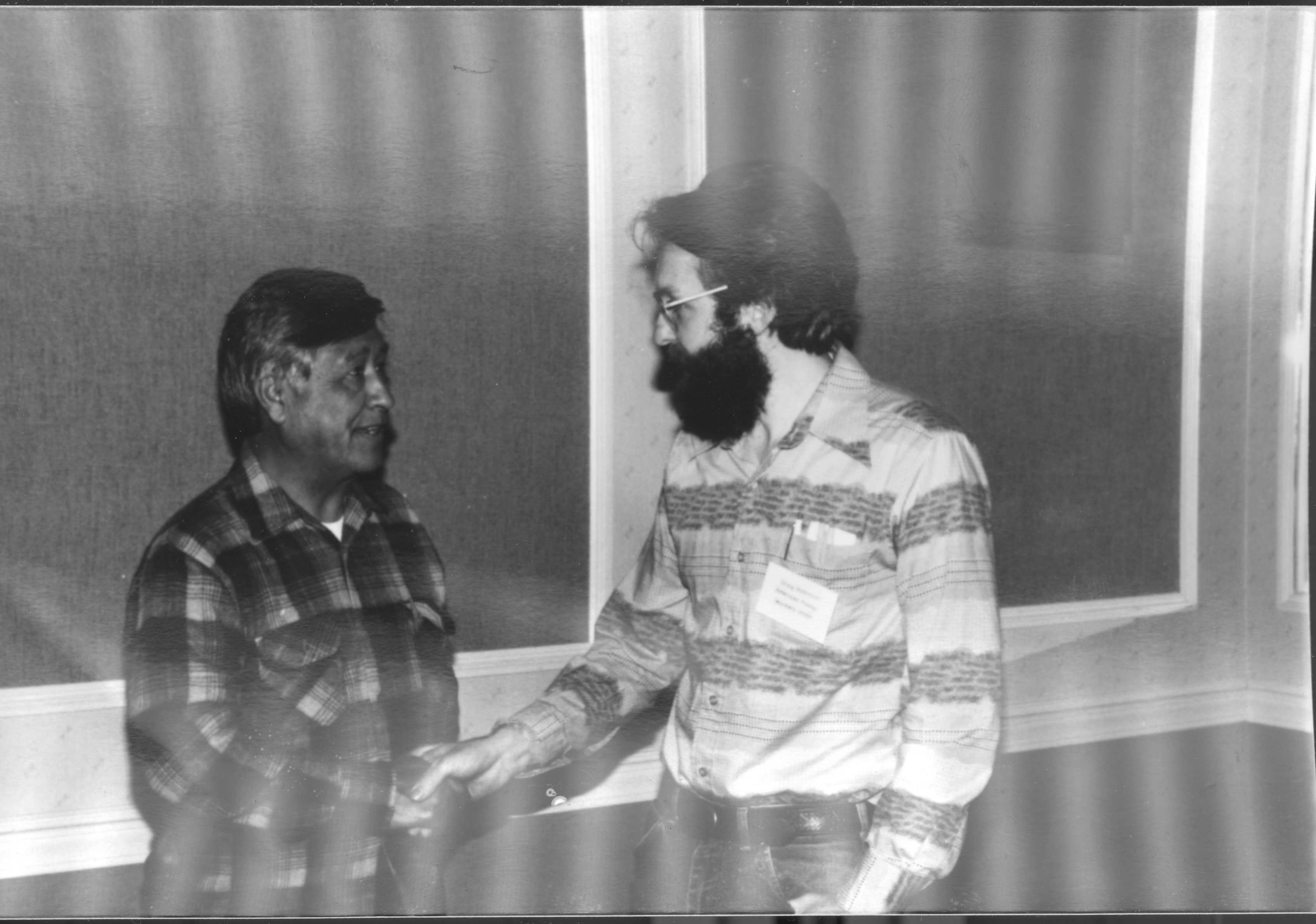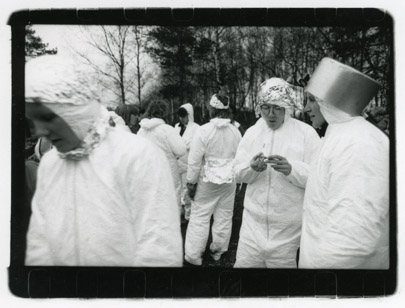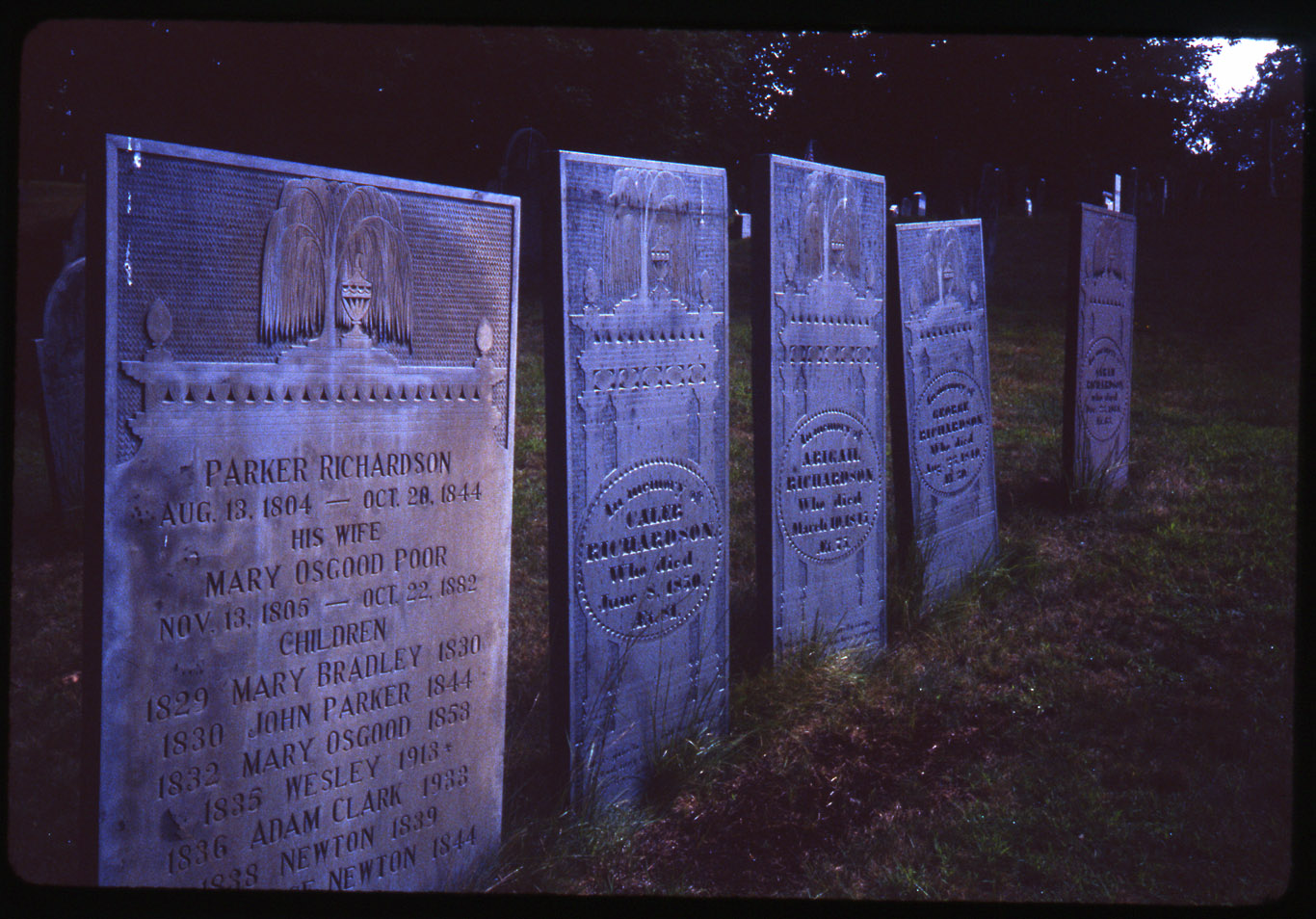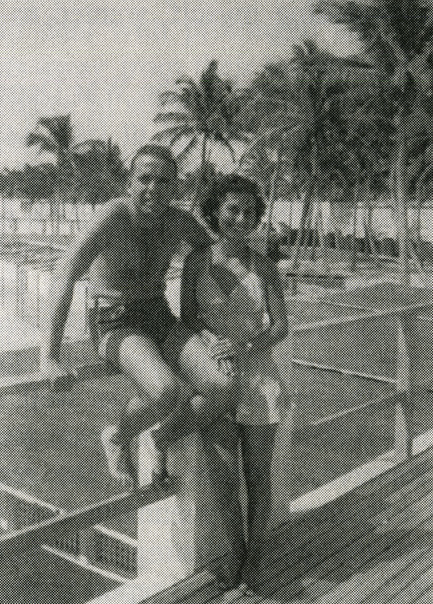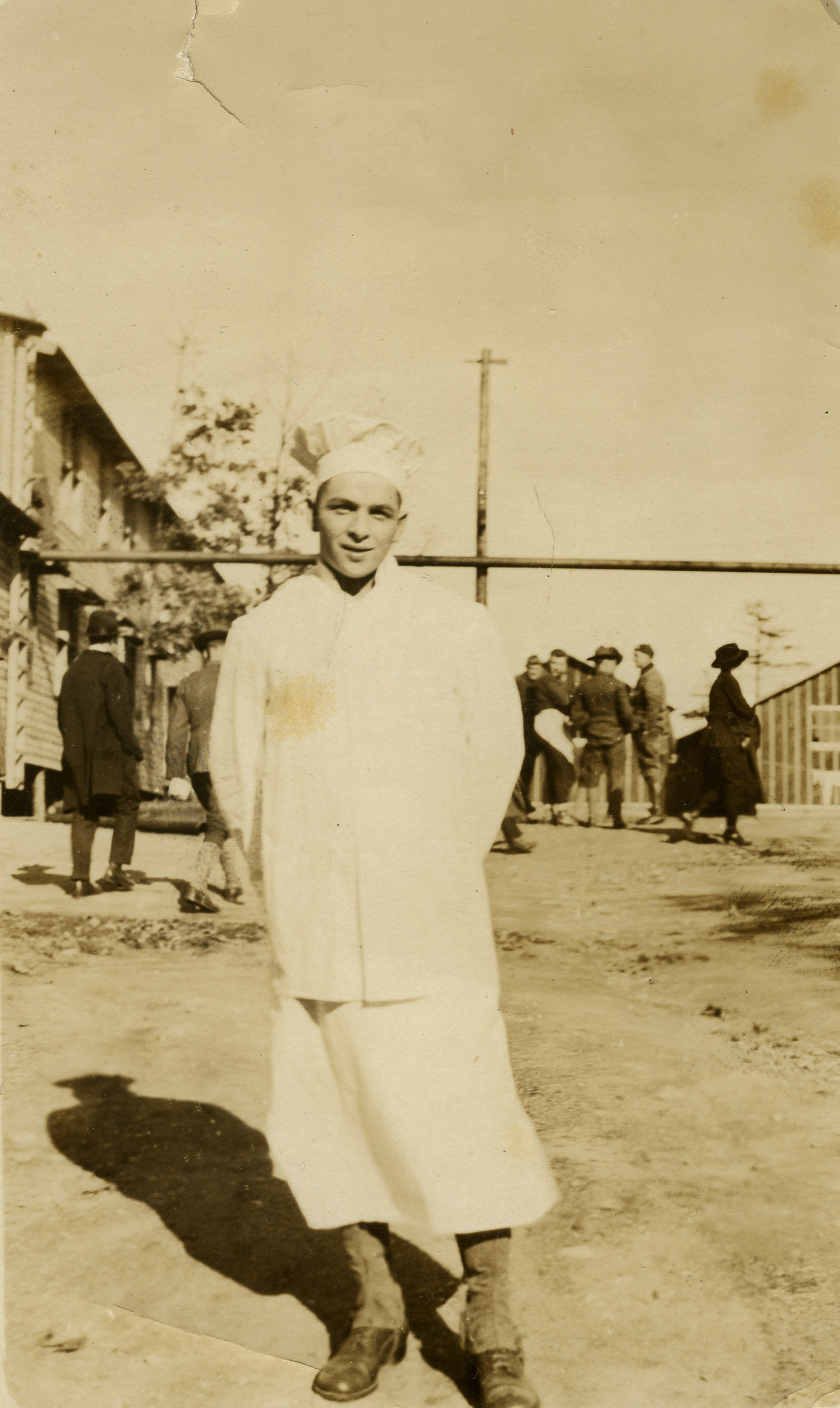John W. Olver Papers
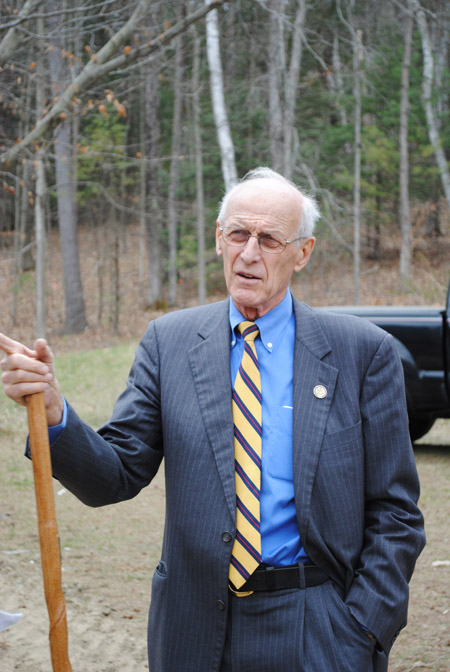
John Olver served as representive from the 1st Congressional District in Massachusetts for over two decades. Born in Honesdale, Pa., on Sept. 3, 1936, Olver began an academic career at UMass Amherst shortly after earning his doctorate in chemistry at MIT in 1961. In 1969, however, he resigned his position to pursue a career in politics. Winning election to the Massachusetts House in 1969 as a Democratic representative from Hampshire County, Olver went on to the state Senate in 1973, and finally to the U.S. House of Representatives in 1991, where he followed 17-term Republican Congessman Silvio O. Conte. Olver was a progressive voice for a district stretching from the Berkshire Hills through northern Worcester and Middlesex Counties, enjoying consistently strong support from his constituents for his support for issues ranging from national health care to immigration reform, regional economic development, human rights, and opposition to the wars in Iraq. A member of the Congressional Progressive Caucus, he held seats on the Appropriations Committee and subcommittees on Transportation and Housing and Urban Development, Energy and Water Development, and Homeland Security. With the redistricting process in Massachusetts in 2011, Olver announced that he would not seek reelection in 2012.
The Olver papers contain thorough documentation of the congressman’s career in Washington, including records of his policy positions, committee work, communications with the public, and the initiatives he supported in transportation, economic development, the environment, energy policy, and human rights. Material in the collection was drawn from each of Olver’s three district offices (Holyoke, Pittsfield, and Fitchburg), as well his central office in Washington.

